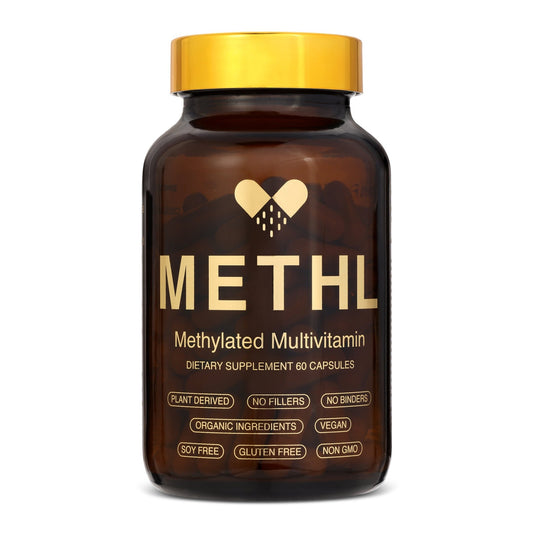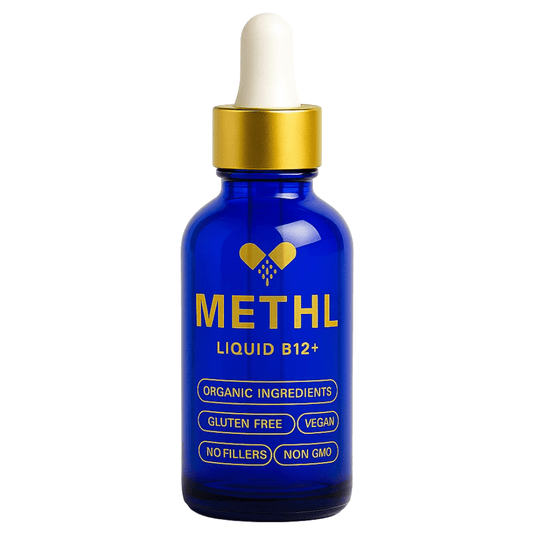In a world increasingly focused on wellness and nutrition, active nutrients are gaining recognition as powerful allies in our journey toward better health. This blog will delve into what active nutrients are, why they matter, and how they can significantly improve our health. Join me as we explore their benefits, sources, and practical tips for incorporating them into your daily life.
What Are Active Nutrients?
Active nutrients are substances found in food that provide health benefits beyond basic nutrition. They include vitamins, minerals, antioxidants, and phytochemicals that actively work to improve bodily functions and promote overall wellness.
These nutrients do not just sit idly by; they interact dynamically with our body’s systems. For example, antioxidants combat oxidative stress, helping to neutralize harmful free radicals. Phytochemicals, often responsible for the vibrant colors in fruits and vegetables, play significant roles in disease prevention and can enhance the immune response.
It’s important to highlight that not all nutrients are created equal. While macronutrients like carbohydrates, proteins, and fats serve as our main energy sources, active nutrients contribute to complex biochemical processes that keep us thriving. A diet rich in active nutrients can lead to improved health outcomes, highlighting the need for better understanding and consumption of these powerful substances.
The Key Benefits of Active Nutrients
Active nutrients play vital roles in various bodily functions. They support immune health, improve energy levels, enhance mental clarity, and can even contribute to preventing chronic diseases. Understanding these benefits can motivate us to make informed dietary choices.
Beyond simply boosting immune function, active nutrients can also have profound effects on mental health. Certain vitamins and minerals, such as folate and omega-3 fatty acids, are linked to improved mood stability and cognitive function. Incorporating foods abundant in these nutrients can help mitigate issues like anxiety and depression, promoting overall well-being.
Moreover, there’s increasing evidence that active nutrients may play protective roles against age-related conditions, such as heart disease and neurodegenerative disorders. For instance, foods rich in fiber, antioxidants, and healthy fats work synergistically to reduce inflammation and lower cholesterol levels, paving the way for a longer, healthier life.
Sources of Active Nutrients
Active nutrients are abundant in whole foods, particularly fruits, vegetables, nuts, seeds, and whole grains. We’ll explore specific examples of foods rich in these nutrients and tips for including them in your meals.
Let’s take leafy greens, for example. Spinach and kale are not only high in vitamins A, C, and K, but they also contain phytonutrients that are thought to have cancer-fighting properties. Berries such as blueberries and strawberries are another excellent source, packed with antioxidants that protect our cells from damage.
Nuts and seeds are often overlooked sources of active nutrients. Packed with healthy fats, protein, and minerals, almonds, chia seeds, and flaxseeds can easily be added to smoothies, salads, or yogurt for a nutrient boost. Whole grains, like quinoa and brown rice, provide not only essential minerals but also dietary fiber that supports digestive health.
Incorporating Active Nutrients into Your Diet
Adopting dietary changes can be simple and enjoyable. This section provides practical tips for integrating active nutrients into your daily routine, including meal planning strategies and delicious recipe ideas.
One effective way is to focus on color. Aim to fill your plate with a rainbow of fruits and vegetables. Different colors often signify different active nutrients, so by incorporating a variety, you maximize your nutrient intake. For example, red foods like tomatoes are rich in lycopene, while orange foods like carrots come with a hefty dose of beta-carotene.
Meal prepping can also be your best friend when it comes to including active nutrients. Planning ahead allows you to ensure balanced meals throughout the week. Try setting aside some time on the weekends to chop veggies, prepare grain bowls, or whip up nutrient-rich snacks like energy balls made from nuts, seeds, and dried fruits. This not only saves time during busy weekdays but also ensures you stick to your health goals.
Common Misconceptions About Active Nutrients
There are several myths surrounding active nutrients that can hinder our understanding and utilization of their benefits. In this section, we will debunk these misconceptions and clarify the truths about these essential components of our diet.
One common myth is that you can obtain all the active nutrients you need from supplements. While supplements can be beneficial for specific deficiencies, they cannot replicate the complex synergy found in whole foods. Active nutrients work best when they come together naturally in food sources, capitalizing on their various interactions.
Another misconception is that all fats and carbohydrates in foods are unhealthy. In fact, active nutrients often exist alongside healthy fats or complex carbohydrates, which are essential for our body. Choosing nutrient-dense forms of these macronutrients, such as avocados or whole grains, can provide both energy and essential nutrients simultaneously.
Embracing Active Nutrients for a Healthier Future
Active nutrients can be game-changers in our quest for better health, offering support that goes beyond traditional nutrition. By understanding their benefits and learning how to incorporate them into our diets, we empower ourselves to achieve a vibrant and healthier life. So, why not take the first step today?





